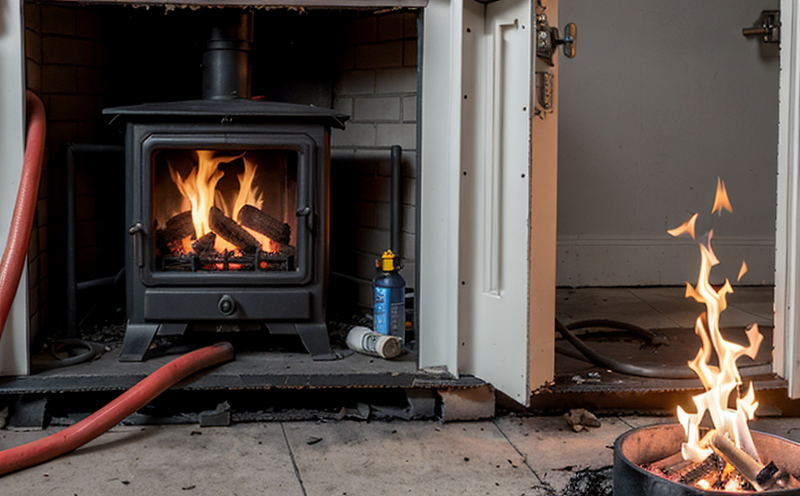
-
Fire Safety and Prevention Standards-
Fire Safety for Construction Sites-
Fire Safety Protocols for Working with Flammable Materials
We provide comprehensive solutions designed to help our clients mitigate risks, enhance performance, and excel in key areas such as quality, health & safety, environmental sustainability, and social responsibility.
Discover
For many years, our organization has been operating successfully, boasting modern laboratories that meet international standards. These laboratories are equipped with the latest technology devices and equipment, and we have built a strong team of experienced and trained personnel to operate them.
DiscoverWelcome to Eurolab, your partner in pioneering solutions that encompass every facet of life. We are committed to delivering comprehensive Assurance, Testing, Inspection, and Certification services, empowering our global clientele with the ultimate confidence in their products and processes.
Discover
-
Fire Safety and Prevention Standards-
Fire Safety for Construction Sites-
Fire Safety Protocols for Working with Flammable MaterialsFire Safety Protocols for Working with Flammable Materials
Working with flammable materials can be a hazardous task that requires careful planning, attention to detail, and adherence to strict safety protocols. When handling materials such as gasoline, propane, or chemicals, the risk of fire is always present, and its essential to take proactive measures to prevent accidents.
Understanding Fire Hazards
Flammable materials are substances that can ignite easily when exposed to heat, flame, or spark. These materials have a low flash point, which means they can vaporize quickly, creating an explosive mixture with air. When working with flammable materials, its crucial to understand the risks associated with them and take steps to mitigate those risks.
Here are some key factors to consider when handling flammable materials:
Static electricity buildup
Poor ventilation
Incorrect handling practices
Answer: C. Incorrect handling practices
2. Which type of fire extinguisher should be used for Class B fires involving flammable liquids?
Water
Foam
Dry chemical
Answer: B. Foam
3. What is the minimum training requirement for personnel working with flammable materials?
Basic safety training
Comprehensive safety training
Regular refresher training
Answer: C. Regular refresher training
4. When should fire extinguishers be inspected and maintained?
Monthly
Quarterly
Annually
Answer: A. Monthly
5. What is the purpose of grounding equipment when working with flammable materials?
To prevent electrical shock
To reduce static electricity buildup
To improve ventilation
Answer: B. To reduce static electricity buildup
6. What should be done in case of a fire involving flammable materials?
Evacuate the area and call the fire department
Use water to extinguish the flames
Attempt to fight the fire yourself
Answer: A. Evacuate the area and call the fire department
7. What is the importance of regular inspections when working with flammable materials?
To identify potential hazards
To prevent fires from occurring
To maintain equipment efficiency
Answer: B. To prevent fires from occurring
8. Which type of personal protective equipment (PPE) should be worn when handling flammable materials?
Gloves and safety glasses
Face mask and earplugs
Both a and b above
Answer: C. Both a and b above
9. What is the purpose of lockout/tagout procedures when working with flammable materials?
To prevent electrical shock
To reduce static electricity buildup
To ensure equipment safety during maintenance or repair
Answer: C. To ensure equipment safety during maintenance or repair
10. When should personnel receive regular refresher training on fire safety protocols?
After completing initial training
Every 6 months
Annually
Answer: A. After completing initial training

Railway Industry Compliance
Railway Industry Compliance: Ensuring Safety and Efficiency The railway industry is a critical comp...

Environmental Simulation Testing
Environmental Simulation Testing: A Comprehensive Guide In todays world, where technology is rapidl...
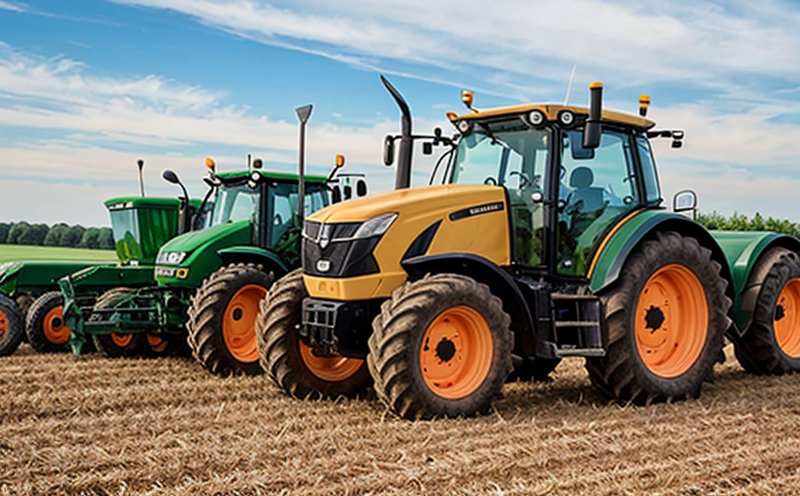
Agricultural Equipment Certification
Agricultural equipment certification is a process that ensures agricultural machinery meets specific...
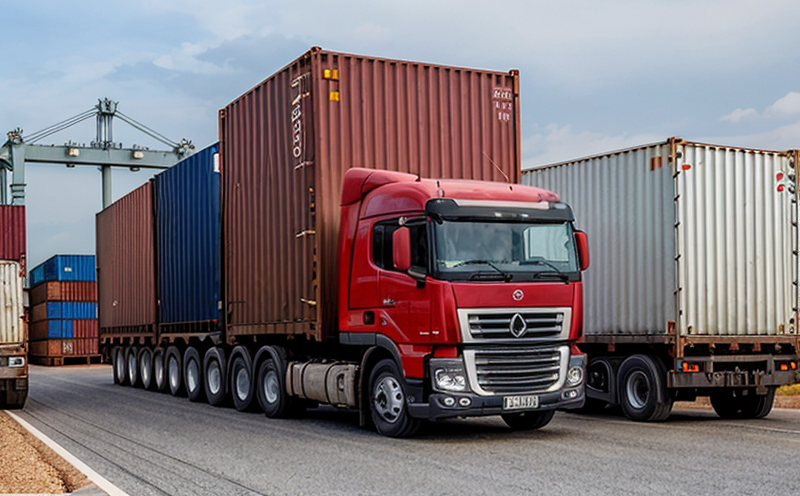
Transportation and Logistics Certification
Transportation and Logistics Certification: A Comprehensive Guide The transportation and logistics ...
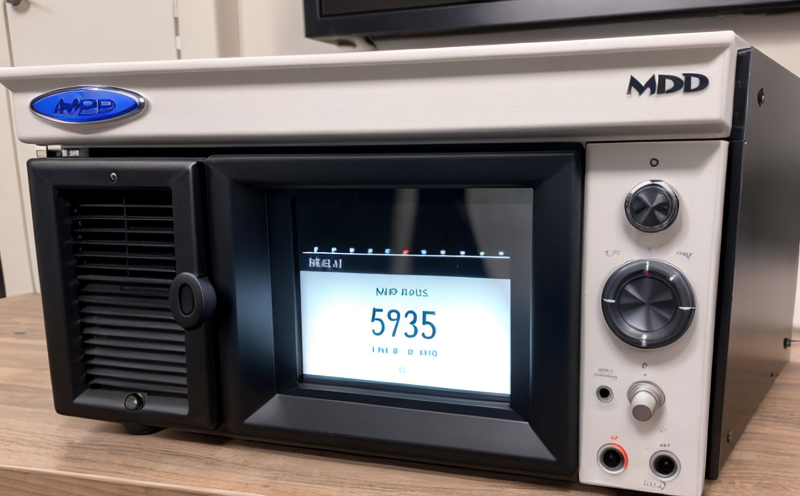
MDR Testing and Compliance
MDR Testing and Compliance: A Comprehensive Guide The Medical Device Regulation (MDR) is a comprehe...

Food Safety and Testing
Food Safety and Testing: Ensuring the Quality of Our Food As consumers, we expect our food to be sa...
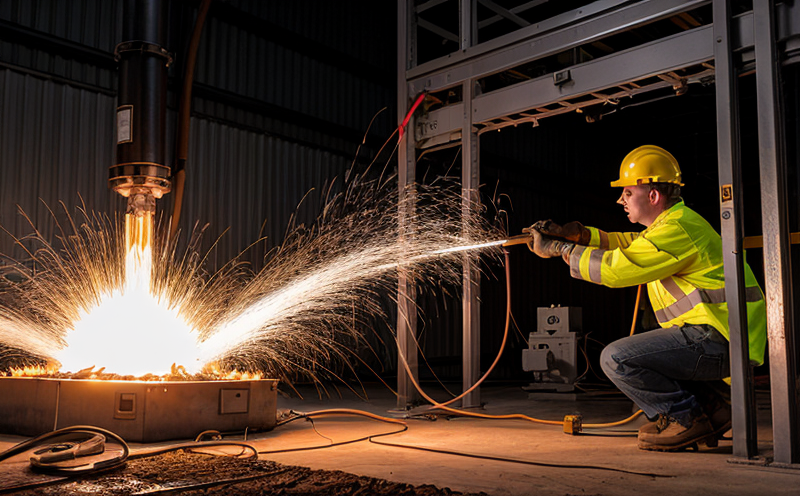
Electromechanical Safety Certification
Electromechanical Safety Certification: Ensuring Compliance and Protecting Lives In todays intercon...
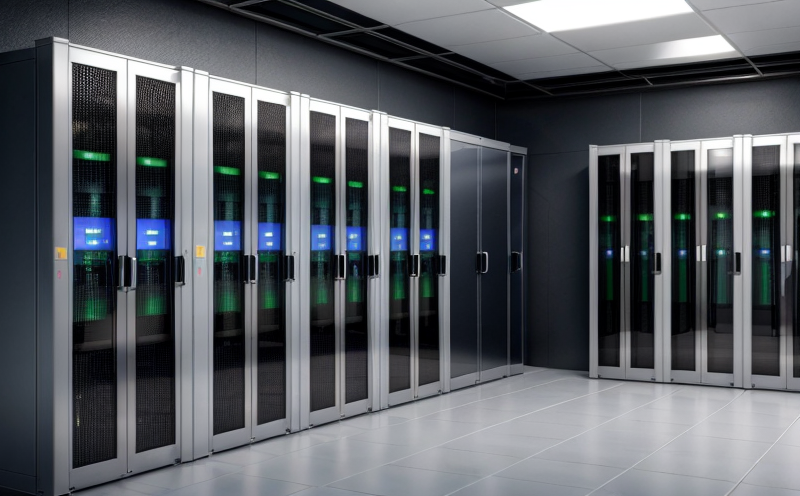
IT and Data Center Certification
IT and Data Center Certification: Understanding the Importance and Benefits The field of Informatio...

Military Equipment Standards
Military Equipment Standards: Ensuring Effectiveness and Safety The use of military equipment is a ...

Aviation and Aerospace Testing
Aviation and Aerospace Testing: Ensuring Safety and Efficiency The aviation and aerospace industr...

Trade and Government Regulations
Trade and government regulations play a vital role in shaping the global economy. These regulations ...
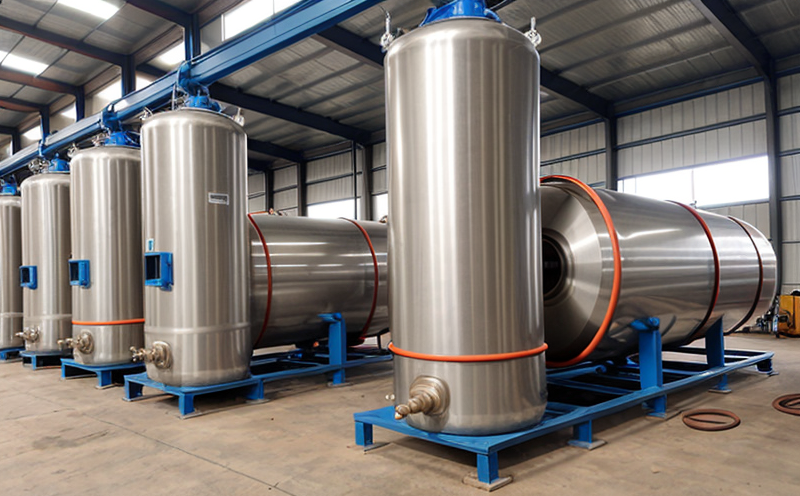
Pressure Vessels and Installations Testing
Pressure Vessels and Installations Testing Pressure vessels are a critical component of various ind...
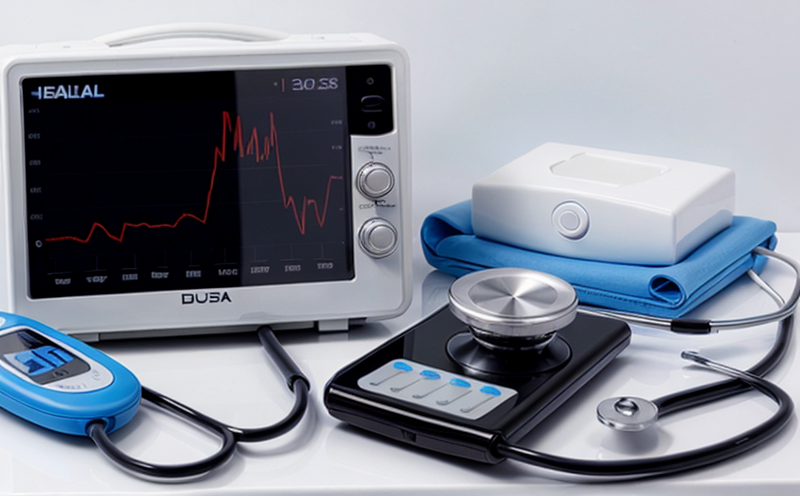
Healthcare and Medical Devices
The Evolution of Healthcare and Medical Devices: Trends, Innovations, and Challenges The healthcare...
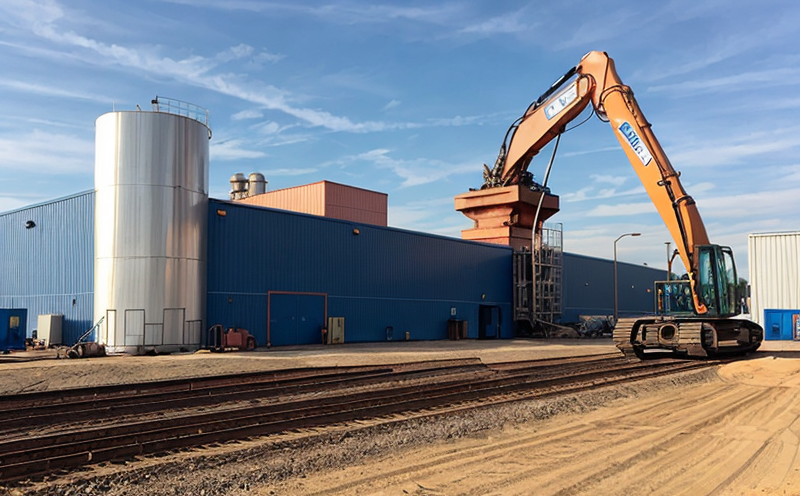
Industrial Equipment Certification
Industrial equipment certification is a critical process that ensures industrial equipment meets spe...

Fire Safety and Prevention Standards
Fire Safety and Prevention Standards: Protecting Lives and Property Fire safety and prevention stan...

Pharmaceutical Compliance
Pharmaceutical compliance refers to the adherence of pharmaceutical companies and organizations to l...
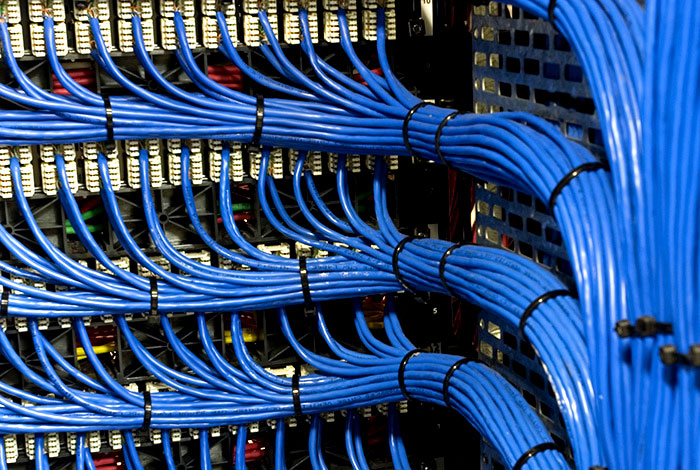
NEBS and Telecommunication Standards
Network Equipment Building System (NEBS) and Telecommunication Standards The Network Equipment Bu...
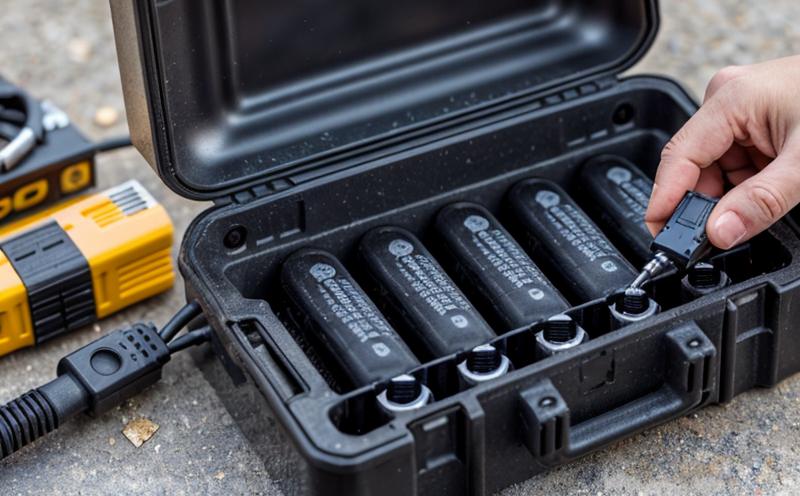
Battery Testing and Safety
Battery Testing and Safety: A Comprehensive Guide As technology continues to advance, battery-power...

Chemical Safety and Certification
Chemical safety and certification are critical in ensuring the safe management of products and proce...

Product and Retail Standards
Product and Retail Standards: Ensuring Quality and Safety for Consumers In todays competitive marke...

Lighting and Optical Device Testing
Lighting and Optical Device Testing: Ensuring Performance and Safety Lighting and optical devices a...

Environmental Impact Assessment
Environmental Impact Assessment: A Comprehensive Guide Environmental Impact Assessment (EIA) is a c...

Construction and Engineering Compliance
Construction and Engineering Compliance: Ensuring Safety, Quality, and Regulatory Adherence In the ...

Energy and Sustainability Standards
In today’s rapidly evolving world, businesses face increasing pressure to meet global energy a...

Automotive Compliance and Certification
Automotive Compliance and Certification: Ensuring Safety and Efficiency The automotive industry is ...

Consumer Product Safety
Consumer Product Safety: Protecting Consumers from Harmful Products As a consumer, you have the rig...

Renewable Energy Testing and Standards
Renewable Energy Testing and Standards: Ensuring a Sustainable Future The world is rapidly transiti...

Electrical and Electromagnetic Testing
Electrical and Electromagnetic Testing: A Comprehensive Guide Introduction Electrical and electrom...

Cosmetic Product Testing
The Complex World of Cosmetic Product Testing The cosmetics industry is a multi-billion-dollar ma...

Hospitality and Tourism Certification
Hospitality and Tourism Certification: Unlocking Opportunities in the Industry The hospitality and ...